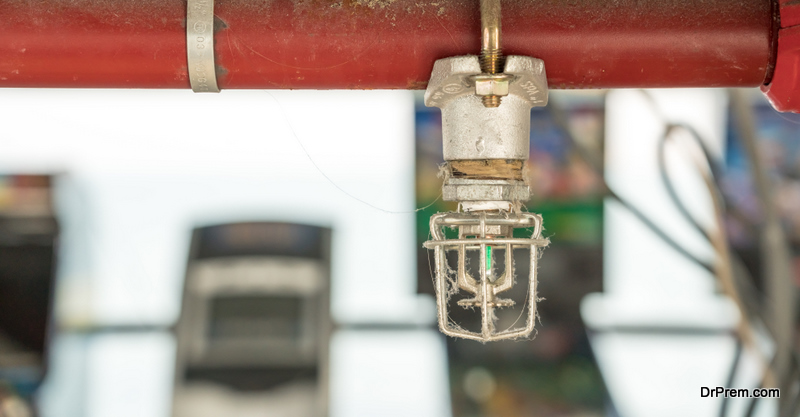If you run a business or manage an organization, keeping employees and customers safe is one of your top responsibilities. There are various ways you can achieve this goal. For example, you can adhere to all applicable OSHA recommendations and regulations when developing safety procedures and training programs.
However, some of the ways in which you promote safety, such as installing security systems and fire suppression systems on your properties, can involve using valuable resources to some degree. You might want to limit the amount of resources you use if you prioritize sustainability. Remember, in an age where consumers are growing increasingly aware of the importance of being as eco-friendly as possible, emphasizing sustainability can help you make a better impression on potential customers.
Luckily, there are ways you can keep employees and customers safe without using more resources than necessary. They include the following:
1. Use a standalone fire suppression system
A traditional sprinkler-based fire suppression system requires piping and various other components. This uses up a substantial amount of resources. The water a sprinkler system releases when it’s triggered is also, of course, a valuable resource.
Consider a different type of fire suppression solution. Standalone fire suppression systems consist of individual cylinders that can be easily mounted to the ceiling of virtually any room. Additionally, they don’t use water to extinguish fires, minimizing the usage of resources that we must all strive to conserve.
2. Choose safe and efficient routes
If your business is large enough that you employ drivers and perhaps even pilots to ship goods throughout the world, odds are your business is profitable enough to take advantage of emerging technologies that smaller businesses might not be able to afford.
Consider the example of artificial intelligence. AI can now be used to analyze logistics data easily and efficiently. For example, a sophisticated AI could analyze data to determine the safest shipping routes that also require minimal usage of fuel. This information can help you plan routes that will limit the chances of drivers being involved in accidents while also limiting how much fuel must be consumed during shipping.
3. Enlist the help of consultants
Don’t make the mistake of assuming that you need to be the sole person who determines how you can simultaneously boost security and safety. You should certainly involve other major decision-makers within your organization when brainstorming ideas. They’ll likely have insights you might not have considered.
In fact, you can make this process much easier for yourself by enlisting the help of a consulting group that specializes in sustainable security. There are many firms out there offering precisely these services.
For example, maybe it’s necessary to protect one of your facilities with fencing, a wall, or a similar barrier. Consulting firms that work with clients like yourself often can recommend effective barriers that keep intruders out while requiring less use of resources than other types of barriers might.
That’s just one example. The main point to understand is that improving security and safety without betraying your eco-conscious values should be a joint effort among you, other team members, and outside parties.
The other point to remember is critical: you can stay safe and stay sustainable. These tips will help you do so.
Article Submitted By Community Writer




